Loch Lomond
Explore
Discover Arthur’s Seat, the majestic hill overlooking Edinburgh. Enjoy a scenic hike, incredible views, and a peaceful escape from the city.
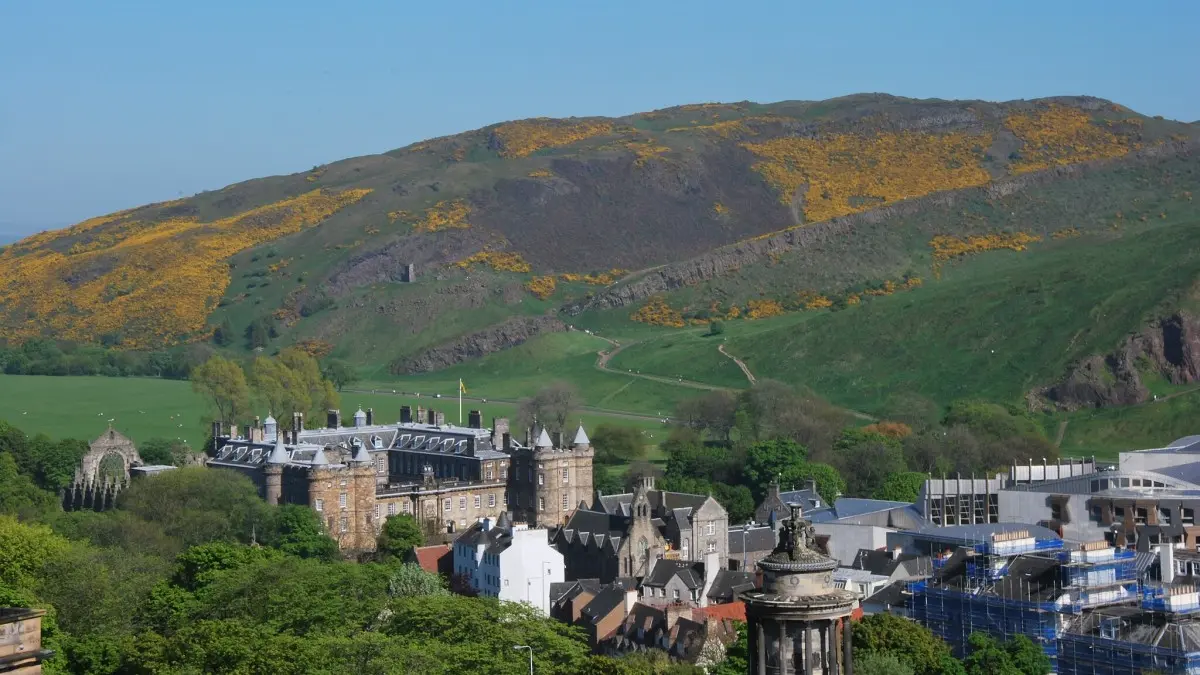
Rising above the city of Edinburgh, Arthur’s Seat offers a natural retreat from urban life and a breathtaking vantage point over Scotland’s capital. This ancient extinct volcano provides an accessible hike with spectacular rewards, including panoramic views of the city, the coastline, and the surrounding countryside. Whether you’re looking for a peaceful spot to watch the sunrise or a memorable place to snap photos of Edinburgh’s skyline, Arthur’s Seat never disappoints.
Part of Holyrood Park, Arthur’s Seat is steeped in history and natural beauty. The path to the summit winds through rolling hills, rugged crags, and tranquil lochs, offering a glimpse into the area’s geological and cultural heritage. Legend has it that the hill was once associated with King Arthur, and while the exact origin of its name remains uncertain, the sense of wonder it evokes is undeniable.
For both seasoned hikers and casual visitors, Arthur’s Seat provides a refreshing escape. Whether you take the gentle slopes or opt for a more challenging route, the experience is well worth it. Families, solo travelers, and photographers alike will find inspiration on this iconic hill. Arthur’s Seat stands as a reminder that sometimes the best views require a little effort—and that the rewards are immeasurable.
Reaching the summit of Arthur's Seat provides breathtaking views of Edinburgh's skyline, the Firth of Forth, and the distant Highlands. It's a perfect spot for photography and enjoying the natural beauty of the area.
Explore the diverse landscape of Holyrood Park, which includes other geological features like the Salisbury Crags, St Anthony's Chapel ruins, and Duddingston Loch. The park offers a variety of trails and scenic spots to discover.
Arthur's Seat is steeped in history and legend, with connections to King Arthur and evidence of early human settlements. The hill's rich archaeological history adds depth to the hiking experience.
The area around Arthur's Seat is home to diverse wildlife, including birds, rabbits, and other small mammals. It's a great spot for nature enthusiasts and photographers to observe and capture local fauna.
Why not make a weekend of it? Explore Nearby Attractions. Scroll to zoom in or out on map.
Curious about Arthurs Seat? We've compiled answers to the most frequently asked questions to help you uncover the highlights and visitor essentials.
Arthur's Seat is an ancient volcano and the highest point in Holyrood Park, Edinburgh, offering stunning panoramic views of the city and surrounding areas.
Arthur's Seat rises to a height of 251 meters (823 feet).
The most popular route starts from Holyrood Palace, but there are several paths with varying difficulty levels, including routes from Dunsapie Loch and St Margaret's Loch.
The hike typically takes between 45 minutes to 2 hours, depending on the chosen route and individual fitness levels.
Nearby attractions include Holyrood Palace, the Scottish Parliament, and Dynamic Earth. The area offers a variety of cultural and historical sites to explore.
Make your trip unforgettable by exploring these nearby attractions during your visit.
 Loch Lomond
Loch Lomond
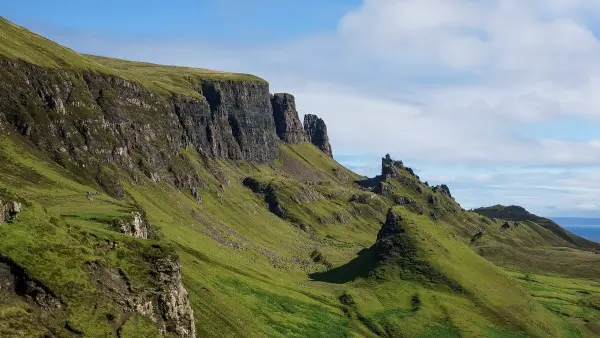 Isle of Skye
Isle of Skye
 Stirling
Stirling
 Glasgow
Glasgow
 Glasgow
Glasgow
 Kenmore
Kenmore
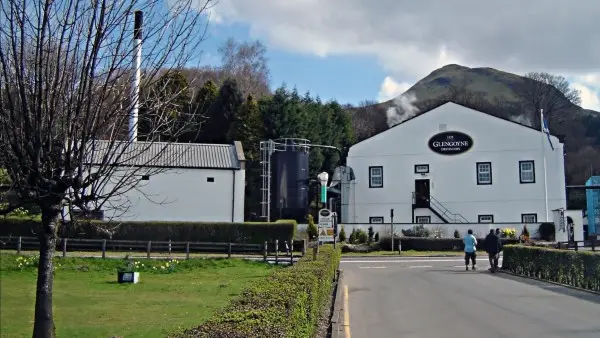 Glasgow
Glasgow
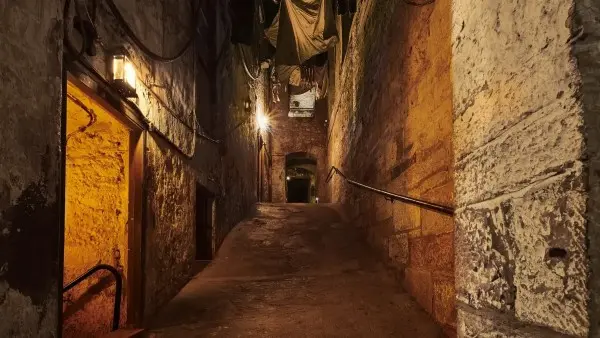 Edinburgh
Edinburgh
 Pencaitland
Pencaitland
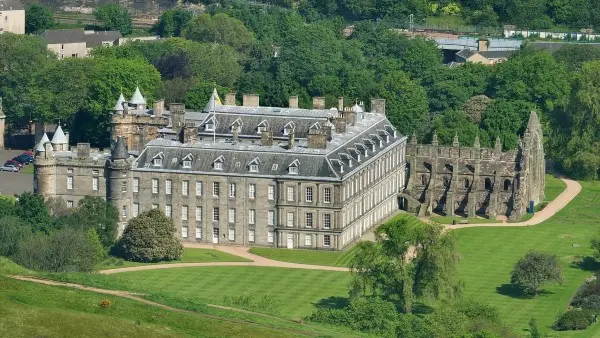 Edinburgh
Edinburgh
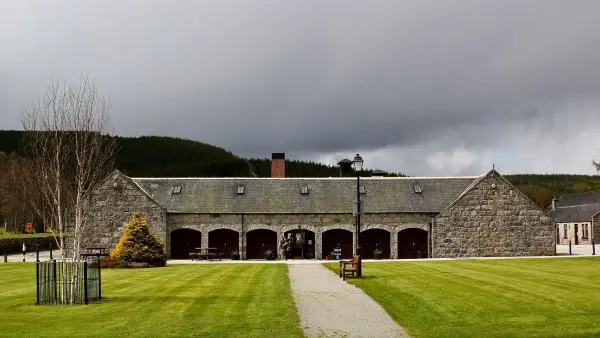 Balmoral
Balmoral
 Edinburgh
Edinburgh